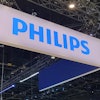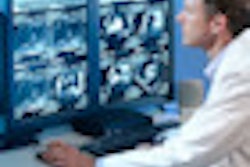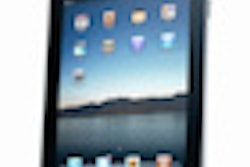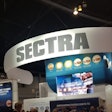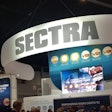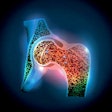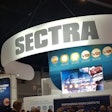Dear PACS Insider,
Radiology is a fascinating professional specialty. It offers the ability to work with some of the most innovative equipment used in medicine, the challenge of difficult cases to interpret, and the satisfaction of being able to make a diagnosis that helps direct a patient's treatment and outcome, as well as has the potential to save lives.
Technological advancements in both imaging modalities and teleradiology have created the expectation that radiologists will be available to interpret emergency studies on a 24-hour basis. While taking calls at night is a factor of the specialty, its consequences become onerous when radiologists are overworked during the day.
This problem is particularly acute in the U.K., where a shortage of radiologists exists in some regions. Creating a National Health Service teleradiology network to manage call assignments offers many advantages, according to Dr. Nicola Strickland, the renowned radiologist who is credited with implementing the ground-breaking PACS at London's Hammersmith Hospital. You can read more in a guest column here.
Also related to the subject of teleradiology is an article about a survey asking members of the European Society of Radiology about the technology. Click here to learn more.
Are tablet computers a convenient, cost-effective way to make teleradiology even more mobile? They're not going to replace diagnostic workstations anytime soon. Two articles, one on the limitations of using an Apple iPad to interpret chest radiographs and the other reporting from last week's Arab Health conference, suggest not.
Speaking of conferences, AuntMinnieEurope.com editors will be attending the European Congress of Radiology in early March, reporting the latest news for the PACS Digital Community. Look out for more articles next month.

